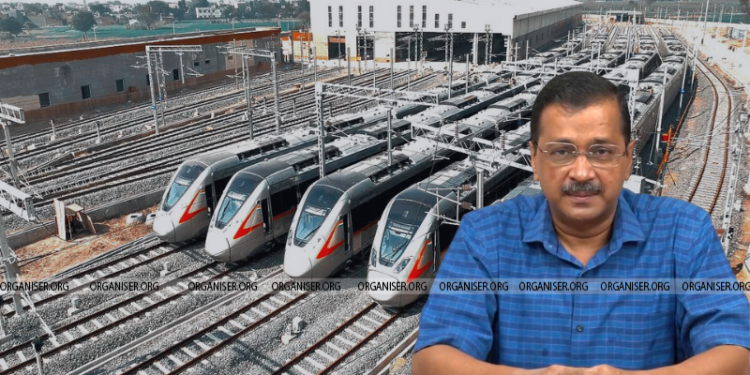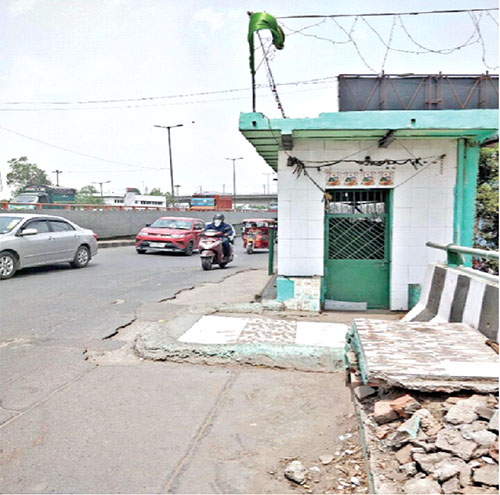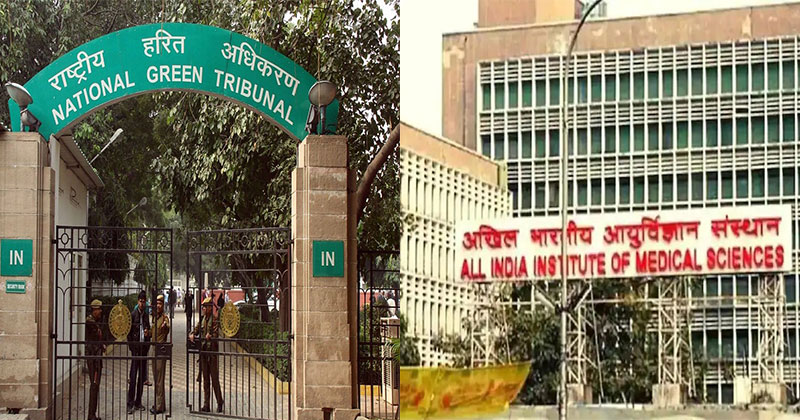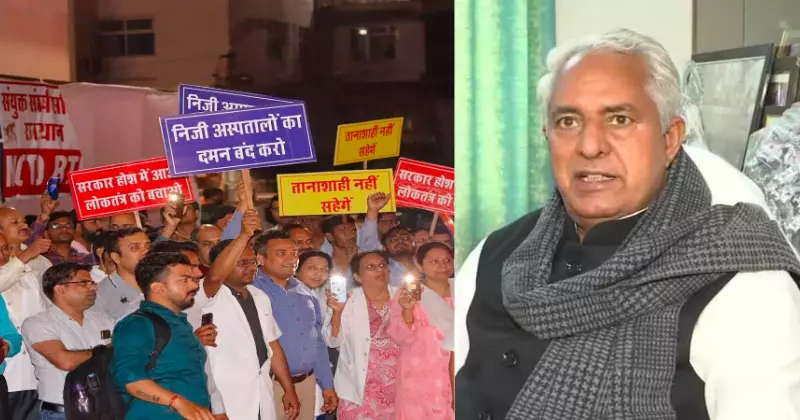On July 24, the Supreme Court of India directed the AAP-led Delhi Government to make budgetary provisions for the Regional Rapid Transport System (RRTS) project. The court said, “If INR 1100 crores can be spent for advertisement in the last 3 financial years, certainly, contributions can be made to infrastructure projects.”
On July 3, the court criticised the Delhi Government for delaying the implementation of the Delhi-Meerut RRTS. The Government responded that it was unable to allocate funds for the project. Thereafter, the court asked that if the Delhi Government has money for advertisements, then why does it not allocate funds to ensure smooth transportation?
The court, on the last hearing, directed the Delhi Government to submit a detailed account of its spending on advertisements in the last three financial years. In compliance with the Supreme Court’s direction, the Delhi Government submitted that it has spent about Rs 1,073 crores on advertisements in the stipulated period.
The court’s Division Bench, comprising Justices SK Kaul and Sudhanshu Dhulia, said, “We were constrained to pass the last order only on account of the fact that the Delhi Government had thrown its hand up for contributing their proportionate amounts.” The court further remarked that if about Rs 1,100 could be spent on advertisements, then the AAP-led Government could make contributions to infrastructure projects as well.
The court told the Delhi Government’s counsel, Senior Advocate Abhishek Manu Singhvi, “Either you pay or we will attach your advertisement budget,” after being apprised of the Delhi Government’s advertisement spending.
The Government’s counsel assured the court that the payment for the infrastructure project would be made, however, in instalments over a reasonable period of time. Justice Kaul informed Singhvi that the payment schedule itself is spread over a period of time. Thereafter, the counsel informed the court that the Delhi Government would make the budgetary provisions for the concerned projects as per the schedule.
Background
On July 3, the Supreme Court of India criticized the Aam Aadmi Party-led (AAP) Delhi Government for delaying the implementation of the Delhi-Meerut RRTS project. The Delhi Government had informed the court that it was unable to allocate funds for the project.
The court asked that if the Delhi Government has money for advertisements, then why does it not allocate funds to ensure smooth transportation? “If you have money for advertisements, why don’t you have money for a project that will ensure smooth transport?” the court asked.
Thereafter, the court directed the Delhi Government to submit a detailed account of its spending on advertisements for the RRTS project in the past three years. The court said, “The Delhi State Government has expressed its inability to contribute the funds for the project. Since paucity of funds seems to be an impediment in the project on behalf of NCT of Delhi, we call upon the NCT of Delhi to file an affidavit setting forth the funds utilised for advertisements by the State Government as the project is of considerable importance. Details be furnished for the last three financial years.”
The court was hearing a batch of cases related to environmental issues. The court was informed about the Delhi Government’s unwillingness to contribute towards the projects, including the Delhi-Alwar and Delhi-Panipat corridors. One of the counsels appearing in the matter further submitted that the Delhi Government had taken a similar stand towards the Delhi-Meerut corridor and refrained from releasing the funds.
Meanwhile, the Delhi Government’s counsel contended, “In December 2020 itself the DG had informed NCRTC. They conveyed their in-principle approval…They also expressed their inability to provide their share of the funds.” When the court asked for the reason, the counsel responded, “Because of lack of funds. That was the cabinet decision.”
The court said that if needed, the court would pass orders directing the Delhi Government to divert funds utilised for advertisements towards the project. The court said, “Let us check what funds you have been spending…We will say that all funds for advertisement will be diverted … Do you want that kind of order?”
The Delhi Government’s counsel continued to argue a lack of funds. The counsel said, “In 2020 we communicated that there aren’t any funds available with us. The position has worsened due to COVID. The GST compensation provided by the Centre has also been stopped since the last financial year. Therefore there are no finances available.” The counsel further added, “It (contribution) is upwards of INR 5000 crores.”
However, the court criticised the Delhi Government, noting that the court would review the Government’s spending on advertisement in light of their unwillingness to pay for a project of this nature. The court said, “Is it required at one go? Let us see how much you spend for other things. This is a development project. Though financial aspects we leave to the State Government but for a project of this nature when you say no funds we want to know how much you have spent on something like an advertisement. Making a project is also an advertisement that you are doing something.”
The Delhi-Meerut RRTS is a semi-high-speed rail corridor connecting Delhi, Ghaziabad and Meerut. It is one of the three rail corridors planned under Phase I of the RapidX project. The project was conceived as a step to reduce vehicular load between Delhi and NCR. The corridor is estimated to carry 2,000 passengers through a 60-minute journey. The entire Delhi-Meerut corridor will be commissioned by 2025.
Shreeyash Mittal is a lawyer based in Delhi, working as a Senior Associate (Corporate Law) at K&Co. Advocates & Legal Consultants in Noida. He graduated from Jindal Global Law School with honors, receiving awards for his outstanding contributions and leadership. Shreeyash is passionate about using new technologies to help clear the backlog of legal cases in India.
























Comments